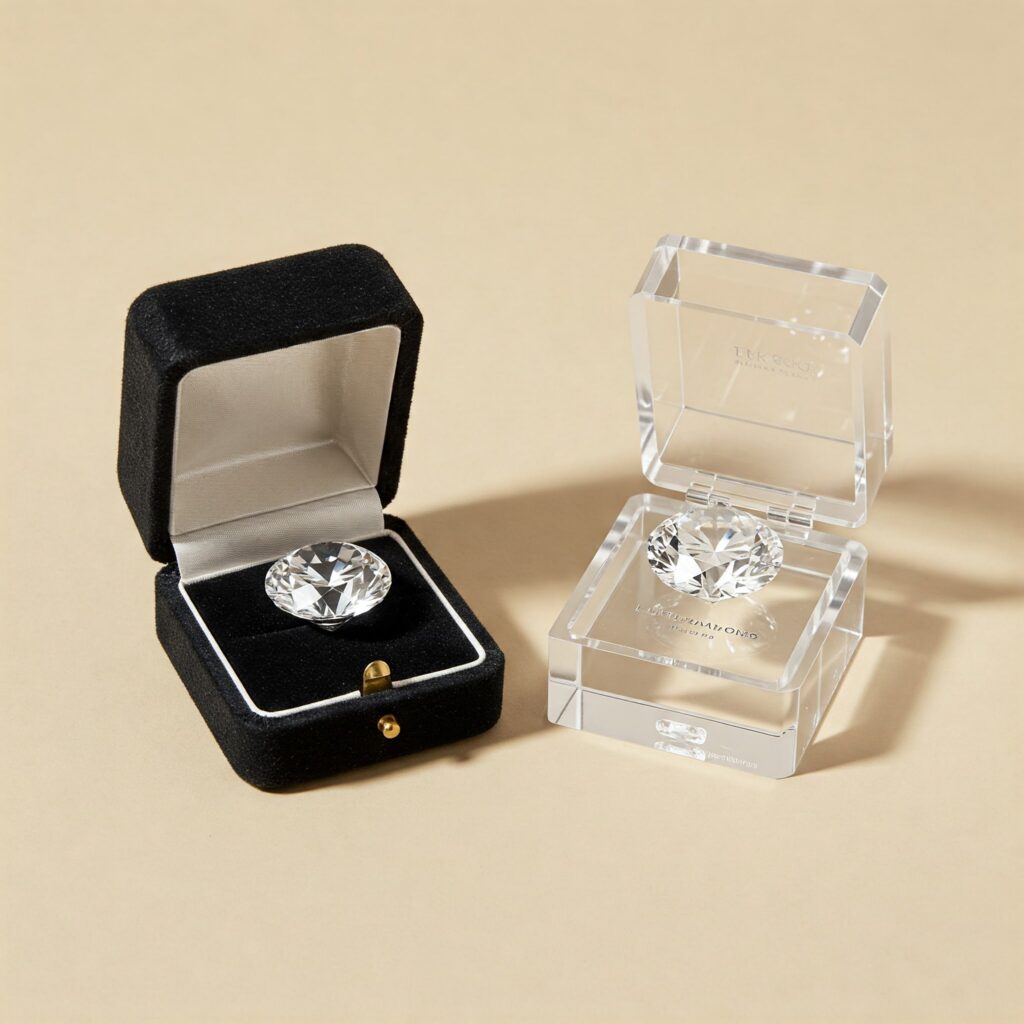In recent years, the diamond industry has been undergoing a quiet but profound transformation. More consumers are asking questions—not just about the price and cut of their diamonds, but also about their origins. Are they ethically sourced? Are they harming the environment? This has sparked a surge in the popularity of lab-grown diamonds, a trend that is reshaping how people perceive luxury, sustainability, and value.

What Are Lab-Grown Diamonds?
Lab-grown diamonds, also known as synthetic or cultured diamonds, are created in controlled laboratory environments using cutting-edge technology that replicates the natural diamond formation process. These diamonds have the same physical, chemical, and optical properties as natural diamonds. In fact, even expert gemologists sometimes need specialized equipment to distinguish between the two.
There are two primary methods of creating lab-grown diamonds:
-
High Pressure-High Temperature (HPHT): This mimics the pressure and heat found deep inside the earth.
-
Chemical Vapor Deposition (CVD): A carbon-rich gas is used to build the diamond layer by layer.
Environmental and Ethical Benefits
The biggest appeal of lab-grown diamonds lies in their ethical and environmental advantages. Traditional diamond mining can lead to deforestation, habitat destruction, water pollution, and even human rights violations in conflict regions.
By contrast, lab-grown diamonds offer:
-
Minimal environmental footprint – no need for blasting through tons of earth.
-
No conflict funding – they are free from association with “blood diamonds.”
-
Traceability – buyers know exactly where and how their diamond was created.
Price and Value Comparison
While lab-grown diamonds are typically 30–40% less expensive than natural diamonds, their resale value is also significantly lower. However, for many modern consumers—especially Millennials and Gen Z—sustainability and ethics matter more than investment potential.
It’s also worth noting that both types of diamonds rank 10 on the Mohs hardness scale, meaning both are equally durable and suitable for everyday wear.
Changing Consumer Preferences
The shift toward lab-grown diamonds reflects a broader change in values. Buyers are no longer just dazzled by sparkle—they also want peace of mind. Companies like Brilliant Earth and VRAI have built their entire brand identity around transparency and sustainability, and their success shows that lab-grown diamonds are not a passing trend.
Celebrities such as Leonardo DiCaprio (an investor in a lab-grown diamond startup) have also helped bring mainstream attention to the movement.
Conclusion: Which Should You Choose?
Choosing between lab-grown and natural diamonds ultimately depends on your values. If tradition, rarity, and long-term value are important to you, a natural diamond may still hold the edge. But if you prioritize sustainability, ethics, and affordability, a lab-grown diamond is a smart, beautiful alternative.
What’s certain is that the diamond industry is no longer black and white—it’s becoming as multifaceted as the gems themselves.



